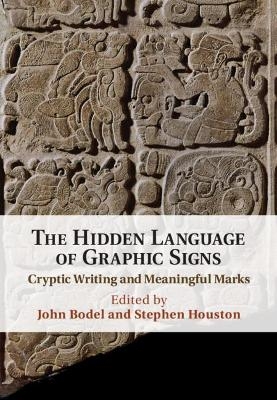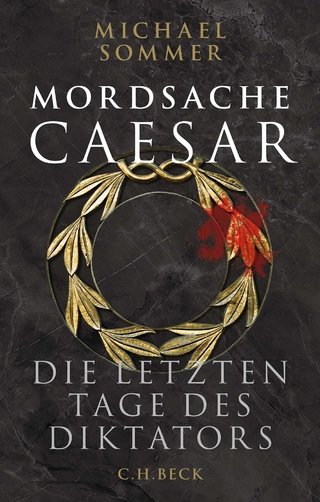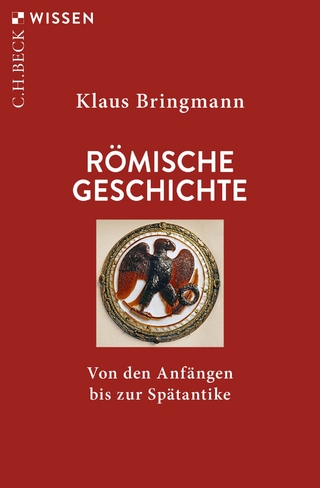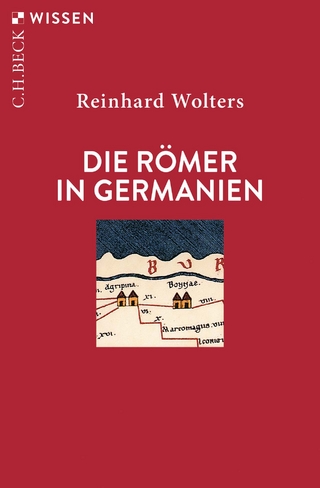
The Hidden Language of Graphic Signs
Cambridge University Press (Verlag)
978-1-108-84061-3 (ISBN)
A common belief is that systems of writing are committed to transparency and precise records of sound. The target is the language behind such marks. Readers, not viewers, matter most, and the most effective graphs largely record sound, not meaning. But what if embellishments mattered deeply - if hidden writing, slow to produce, slow to read, played as enduring a role as more accessible graphs? What if meaningful marks did service alongside records of spoken language? This book, a compilation of essays by global authorities on these subjects, zeroes in on hidden writing and alternative systems of graphic notation. Essays by leading scholars explore forms of writing that, by their formal intricacy, deflect attention from language. The volume also examines graphs that target meaning directly, without passing through the filter of words and the medium of sound. The many examples here testify to human ingenuity and future possibilities for exploring enriched graphic communication.
John Bodel is W. Duncan MacMillan II Professor of Classics at Brown University and Director of the U.S. Epigraphy Project. A specialist in the epigraphic cultures of the ancient Mediterranean, he writes about Roman history and literature and is the recipient of fellowship awards from ACLS, NEH, and the Andrew Mellon Foundation. Stephen Houston serves as the Dupee Family Professor of Social Science at Brown University. A specialist in writing systems and Classic Maya civilization, Houston is the recipient of a MacArthur 'genius' award and the Grand Cross of the Order of the Quetzal, Guatemala's highest honor.
Part I. Hidden Writing: 1. Buried and Camouflaged Writing in Early China Haicheng Wang; 2. Dazzled and Absorbed: Delayed Reading in Altered Egyptian Hieroglyphic Writing Andréas Stauder; 3. Impossible Unities: Full-Figure Glyphs among the Maya Stephen Houston; 4. Inscribe and De-scribe/Cipher and De-cipher: A Pious Phrase in Medieval Byzantium and Islam Scott Redford; 5. Script, Pseudoscript, and Pseudo-pseudoscript in the Work of Filippo Lippi Benjamin C. Tilghman; 6. Numerals as Letters: Ludic Language in Chronographic Writing Stephen Chrisomalis; Part II. Legible Signs: 7. Marking and Writing in an Egyptian Workmen's Community Ben Haring; 8. The Semiotics of Signa and the Significance of Signs in Roman Stamps John Bodel; 9. Late Antique and Early Medieval Monograms (c. 300–900): From Producers' Marks to Liminal Graphic Devices Ildar Garipzanov; 10. Crests and Familial Identity in Medieval Japan David Spafford; 11. Where Credit's Due: Making Marks and Counting Labor in the Andes Howard Tsai; 12. From Modeling to Destruction: Cyclicity and Multi-Sensoriality in Learning Catechisms in the Bolivian Highlands Bérénice Gaillemin.
| Erscheinungsdatum | 20.08.2021 |
|---|---|
| Zusatzinfo | Worked examples or Exercises |
| Verlagsort | Cambridge |
| Sprache | englisch |
| Maße | 183 x 261 mm |
| Gewicht | 850 g |
| Themenwelt | Geisteswissenschaften ► Archäologie |
| Geschichte ► Allgemeine Geschichte ► Altertum / Antike | |
| Geschichte ► Allgemeine Geschichte ► Mittelalter | |
| Geisteswissenschaften ► Geschichte ► Regional- / Ländergeschichte | |
| ISBN-10 | 1-108-84061-2 / 1108840612 |
| ISBN-13 | 978-1-108-84061-3 / 9781108840613 |
| Zustand | Neuware |
| Informationen gemäß Produktsicherheitsverordnung (GPSR) | |
| Haben Sie eine Frage zum Produkt? |
aus dem Bereich


